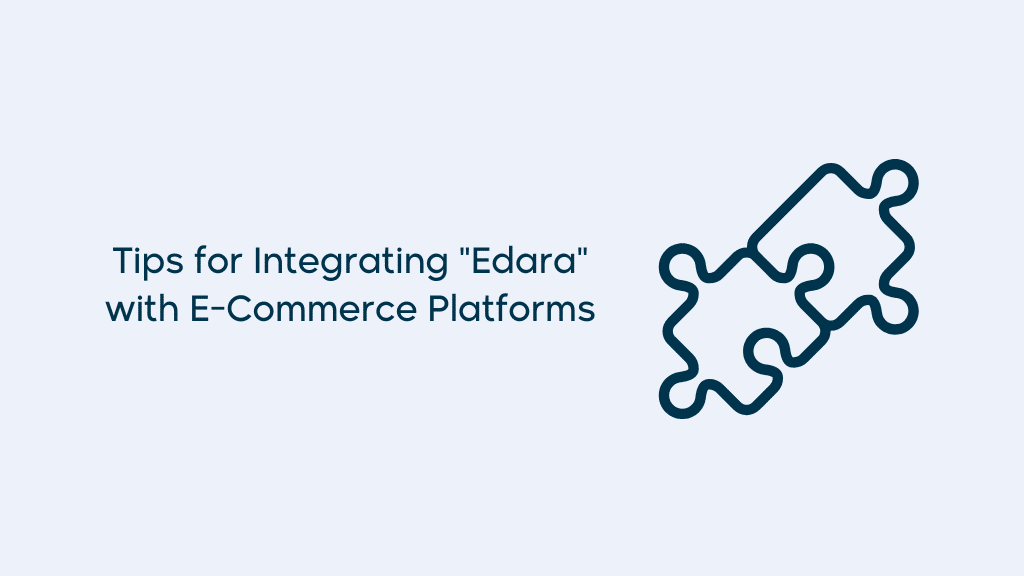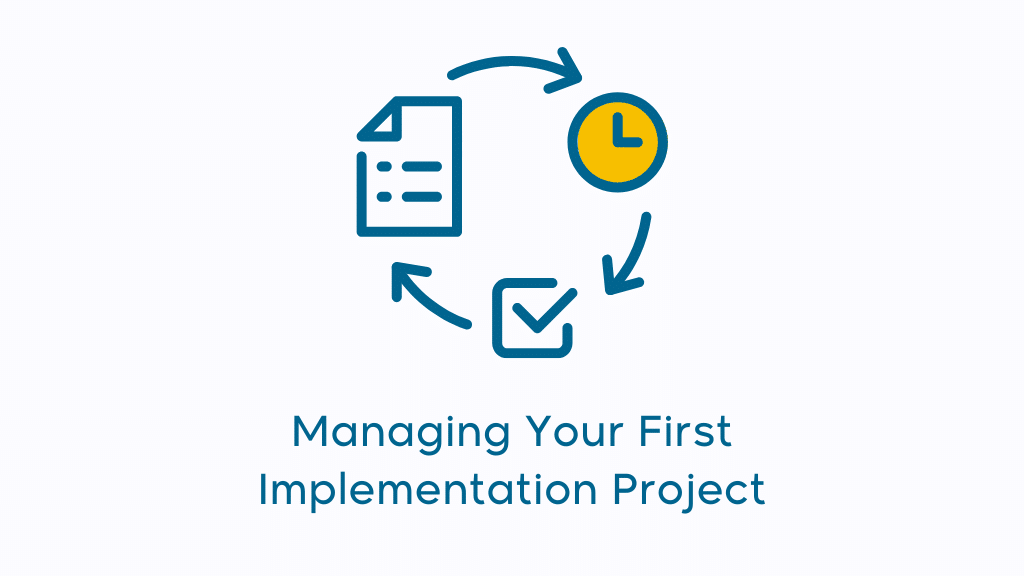Implementor’s Tips for Integrating “Edara” with E-Commerce Platforms
3 Reading minutes
Are You Facing Challenges as an “Edara” Implementor?
As an implementation partner, ensuring a seamless connection between “Edara” and e-commerce platforms like Shopify and WooCommerce can sometimes be challenging. Issues such as mismatched product codes, stock synchronization errors, and tax calculation discrepancies can disrupt operations.
But don’t worry—we’ve got you covered. In this article, we’ll discuss the most common challenges you might encounter and provide practical solutions to ensure smooth and accurate integration.
Best Practices for Seamless Integration Between “Edara” and E-commerce Platforms
To ensure smooth integration between “Edara” and e-commerce platforms, implementation partners (independent accountants) must be aware of key factors that impact the process. Here are some essential guidelines to follow:
Aligning Product Identifiers Across Platforms
Accurate product identification is crucial for seamless integration between “Edara” and platforms like Shopify and WooCommerce.
Since these identifiers form the foundation for inventory tracking and synchronization, they must be mapped correctly.
When integrating with Shopify, the product code in “Edara” should match the SKU, while the model code should correspond to the barcode. For WooCommerce, the SKU in “Edara” must be identical to the SKU in WooCommerce.
Understanding these platform-specific requirements ensures smooth data synchronization and prevents mismatches that could disrupt inventory accuracy.
Avoiding Special Characters in Product Codes
When integrating with an online store, product codes should be free of special characters (such as ” ‘ | \ , < >).
“Edara” does not allow these characters, but Shopify does, which can cause issues when syncing data.
To prevent errors, ensure product codes are formatted correctly and inform clients of this requirement to avoid unnecessary corrections later.
Uploading Opening Balances Correctly
Shopify organizes inventory into three categories:
- Available stock (ready for sale)
- Committed stock (reserved for existing orders)
- On-hand stock (total inventory, including committed and available stock)
When integrating with “Edara”, only the Available Stock is synced. This means any existing Committed Stock before integration will not appear in “Edara”.
To maintain accurate inventory records:
- Ensure there is no Committed Stock before integration.
- Upload opening balances on both “Edara” and the e-commerce platform simultaneously.
- Pause transactions on Shopify during the initial data sync to prevent inconsistencies.
Managing Grouped Items Effectively
In industries like fashion, where products come in multiple variations such as sizes and colors, structuring product data correctly is essential.
On Shopify, these variations are referred to as Variants. If they are created directly on Shopify, they will be sent to “Edara” as separate items rather than a grouped product. To ensure proper synchronization, it is best to create grouped items in “Edara” first, allowing the system to transfer them correctly to Shopify.
Additionally, when updating prices, adjustments should always be made to the Parent item in “Edara” to maintain accurate pricing across platforms.
Configuring Tax Settings Correctly
One of the most important steps in integration is ensuring consistent tax settings between “Edara” and the e-commerce platform.
For example:
If a product is priced at 100 EGP excluding tax, a 14% tax will be added, making the total 114 EGP.
If the price is inclusive of tax, the base price before tax would be 87.7 EGP, and after applying tax, the total remains 100 EGP.
Misaligned tax settings can lead to incorrect pricing on the e-commerce store, so ensure both systems are configured properly.
By following these best practices, implementation partners can facilitate a smooth and error-free connection between “Edara” and e-commerce platforms.
Ensuring proper product identifier mapping, clean product codes, accurate stock uploads, correctly structured grouped items, and aligned tax settings will help businesses maintain data integrity and provide a seamless shopping experience for customers.
Related articles
“Edara” vs. Open Source ERP: Which Partnership is Right for You?
As the trend toward self-employment grows—whether as a primary career or an additional income stream—ERPs are paving the way for professionals to embark on independent ventures. The choice between aligning…
Managing Your First “Edara” Implementation Project
You’re about to take on your first project as an Implementation Partner for Edara. Exciting, right? But let’s be honest—it’s also a little nerve-wracking. That’s completely normal. You’re stepping into…
Why Edara Partners Need Diverse Expertise
As the business environment becomes increasingly complex and clients need more specialized services, Edara partners must go beyond traditional expertise. In a world where clients demand solutions that address their…


